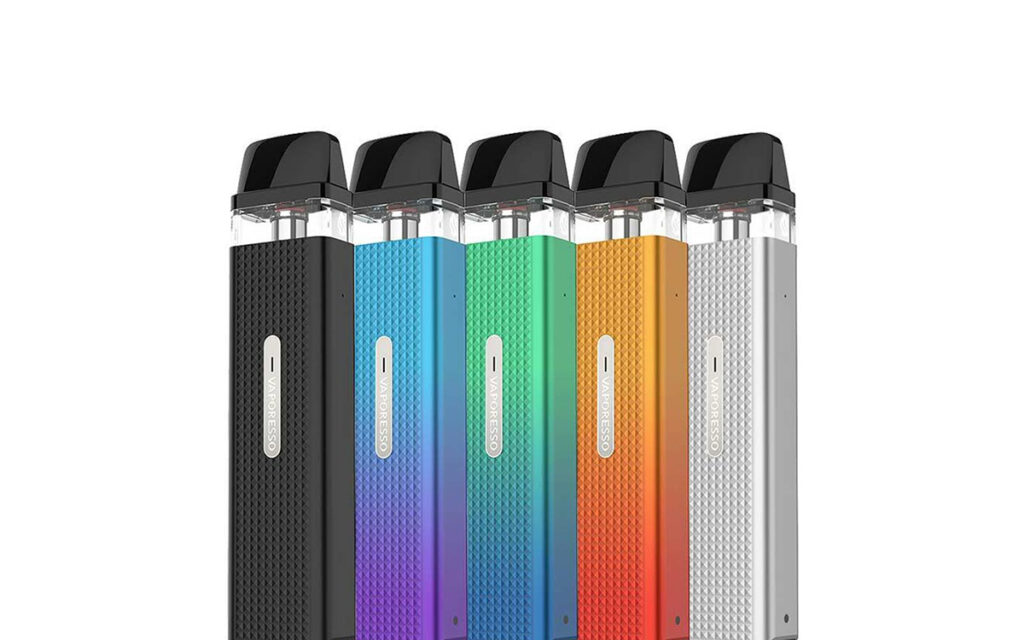Headaches: A Common Side Effect of Vaping and Nicotine

جدول المحتويات
ToggleHeadache is one of the most commonly reported side effects among the side effects of vaping and nicotine in general. As a smoker or former smoker, you might actually remember feeling a headache during the first few times you smoked a traditional cigarette. However, you might be surprised to experience the same headache feeling when vaping despite already being a nicotine user.
Although dizziness usually subsides quickly, it is not a particularly pleasant condition when it occurs – and it is certainly something you want to avoid if you can.
So, why does vaping cause you headaches? This is what we will start with in this guide. After answering this question, we will continue explaining what you can do to prevent this situation in the future. As you are about to learn, it is very easy to avoid dizziness resulting from vaping. But to do so, you need to understand why you are getting headaches in the first place.
Why Does Nicotine Cause Headaches?
Nicotine causes headaches because it stimulates the body's production of epinephrine – a hormone known as adrenaline. Increased epinephrine in the bloodstream leads to higher blood pressure and causes blood vessels to constrict, thus reducing the brain's supply of oxygen. As a result, you feel a headache.
If you want to know how to stop feeling headaches after vaping or smoking, the solution is very simple: you need to stop using nicotine until the headache subsides. You may also find it helpful to sit and drink a glass of water. You should feel better within a minute or two. The headache resulting from vaping is always a side effect of nicotine, so the condition will pass faster if you stop using nicotine immediately.
After completing this basic information, the main reason you are here is that you want to know how to avoid dizziness from vaping in the future. We will spend the rest of this article discussing the reason why vaping causes headaches and what you can do to prevent it.
The Nicotine Level May Be Too High
In areas that do not impose legal restrictions on nicotine levels in vaping products, it is common for products like disposable pods and flavors to contain high nicotine levels up to 50 mg/ml and sometimes higher. A high nicotine level in a small vaping product allows for an amount of nicotine per puff similar to a full-strength traditional cigarette.
If you are not accustomed to this type of traditional cigarette, however, salt flavors may provide you with more nicotine than you actually need. If you feel a nicotine rush from vaping more than you do when smoking, the nicotine strength you are using may not be suitable for you. Try a product with a lower strength.
You Are Vaping More Than You Should
Another reason you may experience headaches from vaping is that you are vaping continuously and not taking breaks between puffs. The pace of vaping differs from traditional smoking. The traditional cigarette eventually burns out. At this point, you have to decide whether to light another traditional cigarette. You are actively considering whether you really need nicotine.
With vaping, there is no need to make this decision because your device can provide you with hundreds of puffs before you need to recharge the battery or add flavor. As a result, some people end up vaping almost continuously to keep themselves occupied or simply for the enjoyment of the flavor.
If this is the case for you, you are likely consuming much more nicotine than you did when you were smoking – which can sometimes lead to headaches.
Try to ensure that you always put your device aside between sessions and only inhale the e-cigarette when you truly need nicotine. By maintaining the same pace you used when you were a smoker, it will help you consume only the nicotine you really need.
You Haven't Used Nicotine for a Long Time
Nicotine stays in the body for several hours after consumption. However, eventually, the nicotine level in your blood will decrease to the point where when you resume vaping, you will likely feel a nicotine rush. For reference, the half-life of nicotine in the bloodstream is about two hours.
Suppose you use an e-cigarette right before going to bed and sleep for eight hours without using any nicotine overnight. In that case, only about 1/16 of the nicotine you consumed before bed will remain in your bloodstream upon waking.
Considering that, it is not uncommon to feel a bit of a rush when you consume your first puff of an e-cigarette in the morning. If you do not like this sensation, it may be a sign that you are consuming more nicotine than you need and may want to consider using a lower nicotine strength product.
You Haven't Drunk Enough Water
Have you considered that the dizziness you feel when vaping may not actually be a direct effect of nicotine? The headache could also be a sign of dehydration, which is another common side effect of vaping.
The reason vaping can lead to dehydration is that the base ingredients of flavorings are vegetable glycerin and propylene glycol – both highly effective at absorbing and retaining moisture. In fact, they are so effective at retaining moisture that they are typically used as ingredients in moisturizing products like lotions, hair conditioners, and eye drops.
Despite their moisturizing properties, glycerin and propylene glycol in e-liquid can cause dehydration because any moisture these substances absorb when inhaling vapor is lost when exhaling.
For this reason, it is important to drink plenty of extra water when vaping to compensate for the lost moisture.
In Summary
Headaches resulting from vaping always occur due to the effects of nicotine on the body. So, if you find yourself getting headaches when using e-cigarettes, it is either because the nicotine level you are using is too high or because you are consuming too much nicotine in a very short period. Considering that, it is not too difficult to prevent headaches by making a few small changes.
Try reducing the nicotine level in the product you are using. Most disposable e-cigarettes with flavors come in several levels, so you should be able to choose a lower concentration without losing your favorite flavors.
Try using a low-nicotine e-cigarette part of the time if you are struggling to quit your device because vaping has become a habit for you. Alternatively, try spacing out your vaping sessions a bit and taking breaks between sessions.
Always keep some water nearby when vaping to ensure you stay hydrated. Because vegetable glycerin and propylene glycol are likely to cause dehydration, it is important to drink more water.
If you experience a headache during a vaping session, stop vaping immediately because this is a sign that you have consumed enough nicotine and should take a break.









 Vape Flavors
Vape Flavors